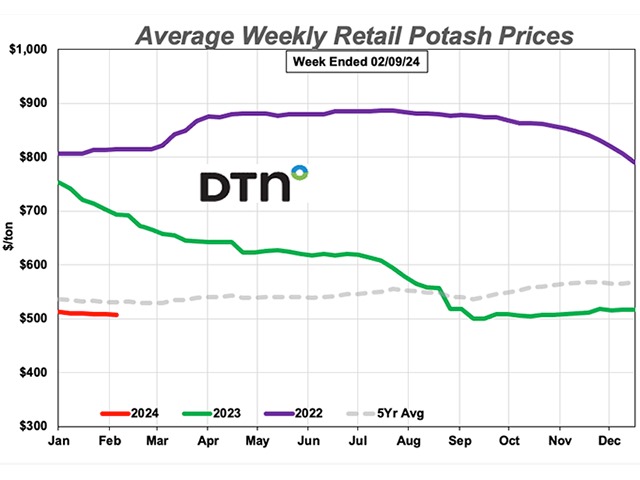By Dana Mantini

The November USDA reports featured only modest yield, production and ending stocks revisions for corn and soybeans. The market was not excited by the news and didn't change much from pre-report to post-report. Wheat, which was little affected by the report, continued its recent bearish trade.
CORN
Corn futures, trading maybe 4 to 5 cents lower prior to the report, likely got a bit of a boost from the lower-than-expected increase in ending stocks. There were few major changes expected for corn, but the increase of 0.4 bushel per acre (bpa), to 172.3 bpa -- and the production increase of 35 million bushels (mb) to 13.930 billion bushels (bb) -- was more than expected, but nearly offset by a 25 mb rise in feed and residual. That sent corn ending stocks to 1.182 bb, up just 10 mb, and 30 mb lower than what Dow Jones' average pre-report estimates had expected. What was perhaps the biggest surprise of the report was the failure to reduce the U.S. corn export forecast. Traders had anticipated a minimum reduction of 50 mb considering the current corn export pace is down 53% from a year ago and the fact that the U.S. is severely overpriced relative to both Ukraine and Brazil. Typically, if we see an increase of September to November yields, it is likely to see a further increase in the final numbers. Illinois scored a record yield of 215 bpa, up 5 bpa from October, with both Indiana and Iowa up 4 bpa and 2 bpa, respectively.
SOYBEANS:
As in corn, USDA raised yield, production and ending stocks for soybeans. Yield came in at a better-than-expected 50.2 bpa, with production up 33 mb from October, with a crop of 4.35 bb, and with harvested acres left the same. U.S. soy ending stocks rose by 20 mb, about 5 mb more than the traders had anticipated, as U.S. crush demand was increased by 10 mb to 2.245 bb to account for the record-large crush margins that we have seen. Ending stocks were estimated at 220 mb compared to 200 mb last month. On the domestic side, the report was considered slightly bearish for beans. The soybean season average price was left unchanged at $14 per bushel, while the soymeal average price was increased by $10 per short ton, to $400 per short ton. Bean oil was left untouched, at 69 cents per pound.
WHEAT
Wheat changes in the U.S. were even less exciting than corn or beans, but it was the wheat market that moved the most after the report. With food use increased by 7 mb and seed use decreased by 2 mb, the 5 mb net demand increase translated directly to ending stocks, putting them at 571 mb -- the lowest since 2007-08, and about 6 mb below the average Dow Jones pre-report estimate. There were only minor changes in by-class stocks of wheat, with hard red stocks falling 6 mb and hard red spring rising by the same amount. Both soft red and white winter wheat declined by 4 mb from October, with durum stocks up 4 mb. U.S. wheat exports were left unchanged, and the season average price was left unchanged at $9.20 per bushel.
Click here to see more...